Crowded Skyscrapers Witness Hong Kong Striving Beyond Its Limits
One thing that immediately comes to mind when talking about Hong Kong is the concrete jungle. As the world’s highest urban agglomeration, Hong Kong has thousands of high-rise buildings lined up along its coast. If one adds them up, the total height of the buildings would reach more than 300 km. What drives the special administrative region to be crowded by skyscrapers?
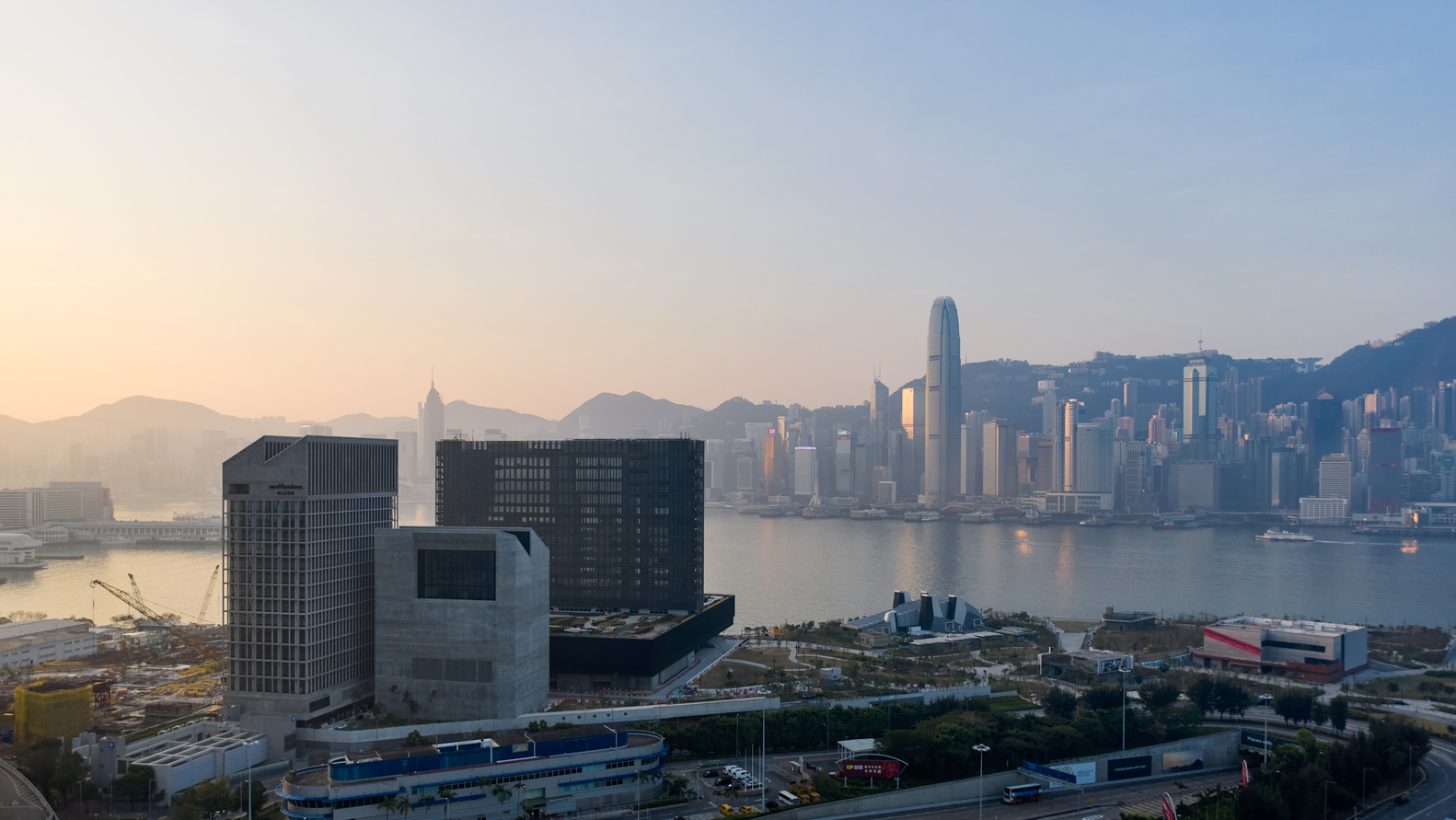 M+ Museum by TFP Farrells + Herzog & de Meuron + Arup (cr: Virgile Simon Bertrand)
M+ Museum by TFP Farrells + Herzog & de Meuron + Arup (cr: Virgile Simon Bertrand)
Geographically, Hong Kong is a mountainous, rugged city lacking flat land. In addition to the difficulty of constructing on this contoured land, Hong Kong also has limited horizontal space. The area is also known for its costly land prices. Limited and expensive land, then high-rise building it is.
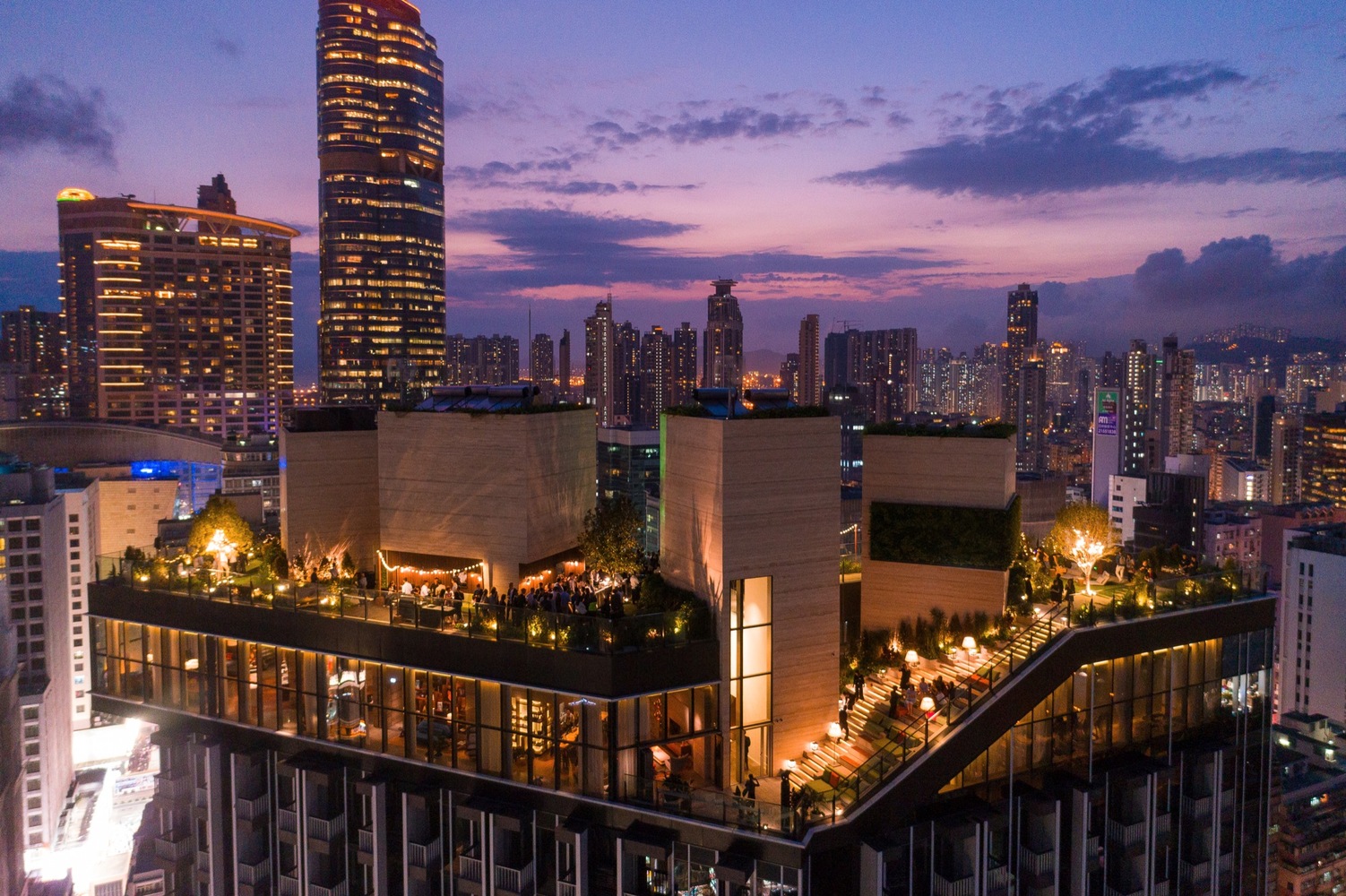 Clubhouse Mongkok Skypark by concrete
Clubhouse Mongkok Skypark by concrete
Now, one should look at its history, which must be connected to economic issues. From the 1950s to the 1960s, Chinese, especially from Shanghai, flocked to Hong Kong for security and socio-economic reasons. The skillful refugees then succeeded in helping revive Hong Kong’s economy, transforming it into a manufacturing hub. In the early 1970s, a trend began to build high-rises, along with the massive land reclamation—in fact, most of the buildings in Hong Kong are on the reclaimed land. Development continued, and a second, larger wave of construction focused on residential use and lasted into the 2010s.
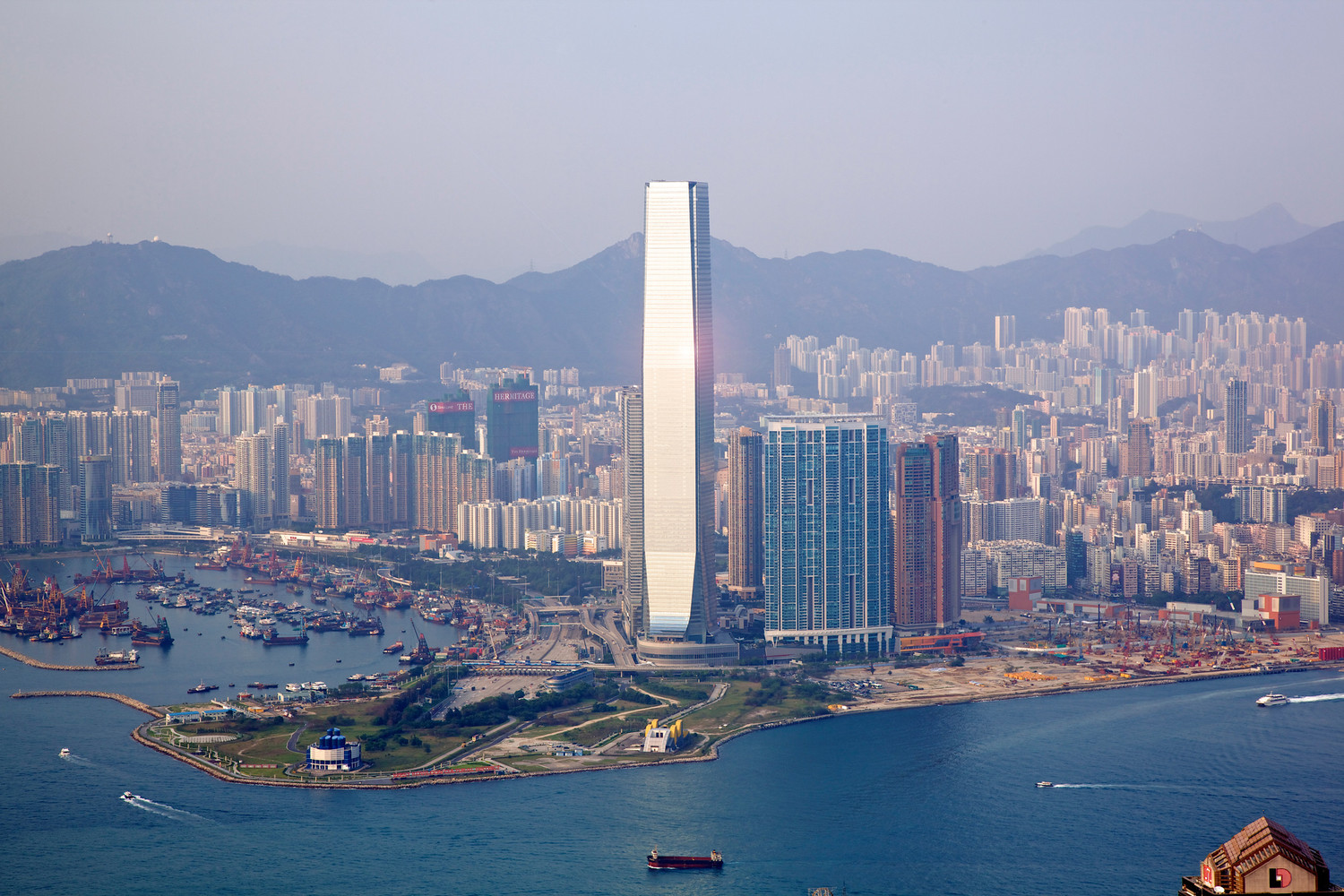 International Commerce Center by KPF
International Commerce Center by KPF
Among the talls, the tallest skyscraper is the International Commerce Center, towering 484 m high as the only building with more than 100 floors in Hong Kong. The mixed-use ICC was designed by KPF as the winning proposal of a competition in 2000. The building ranks as the 13th tallest building in the world—impressive.


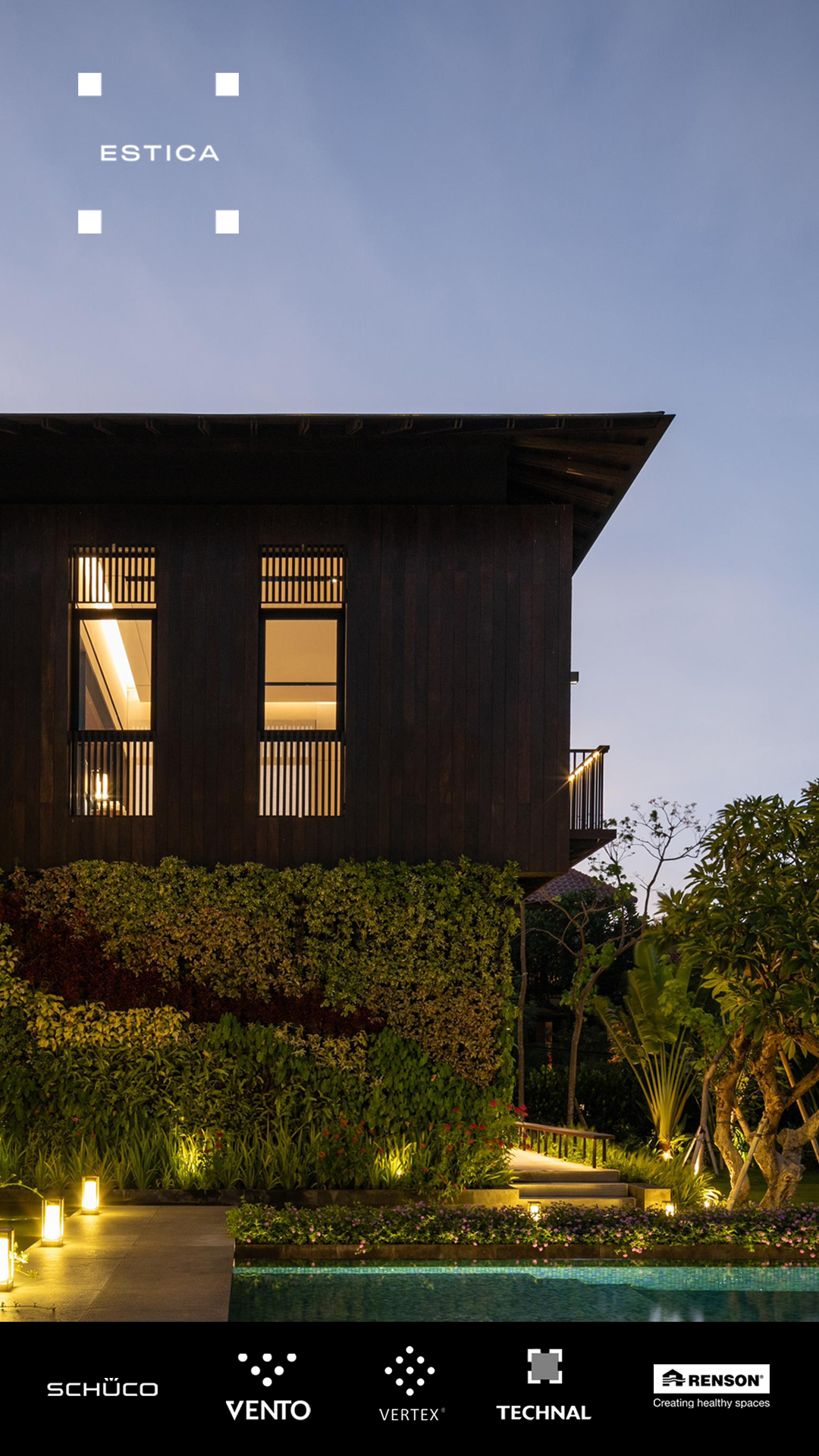
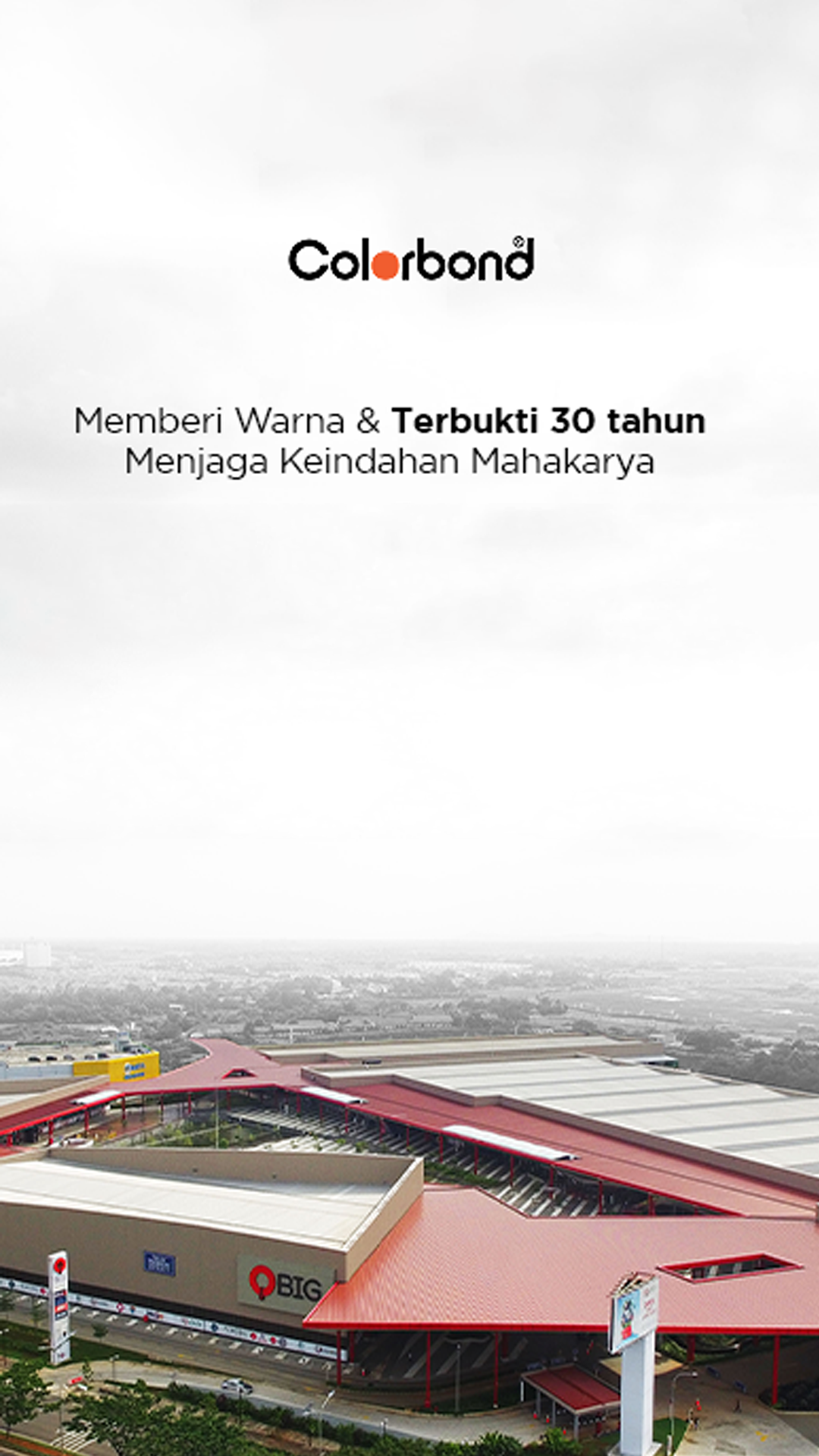


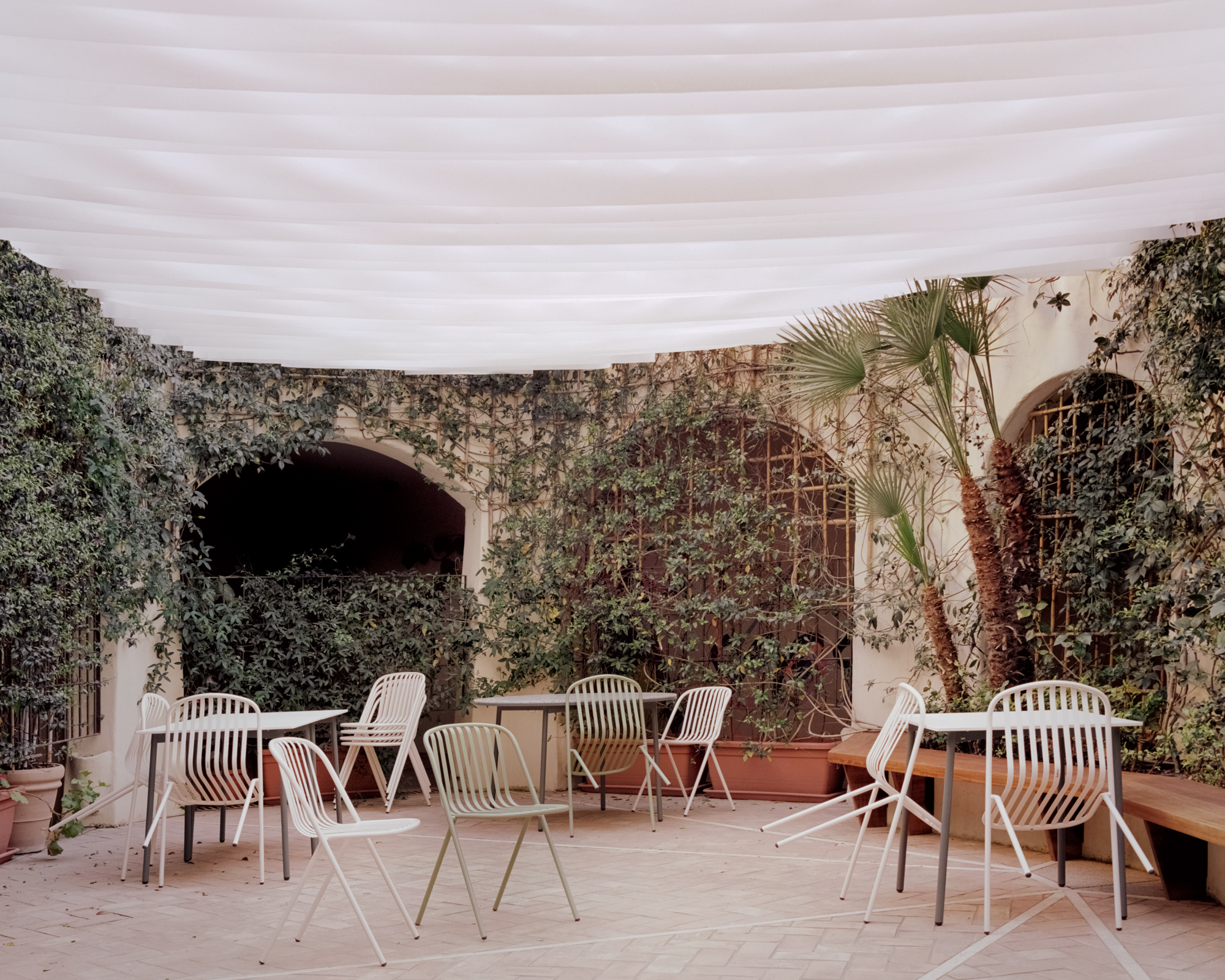

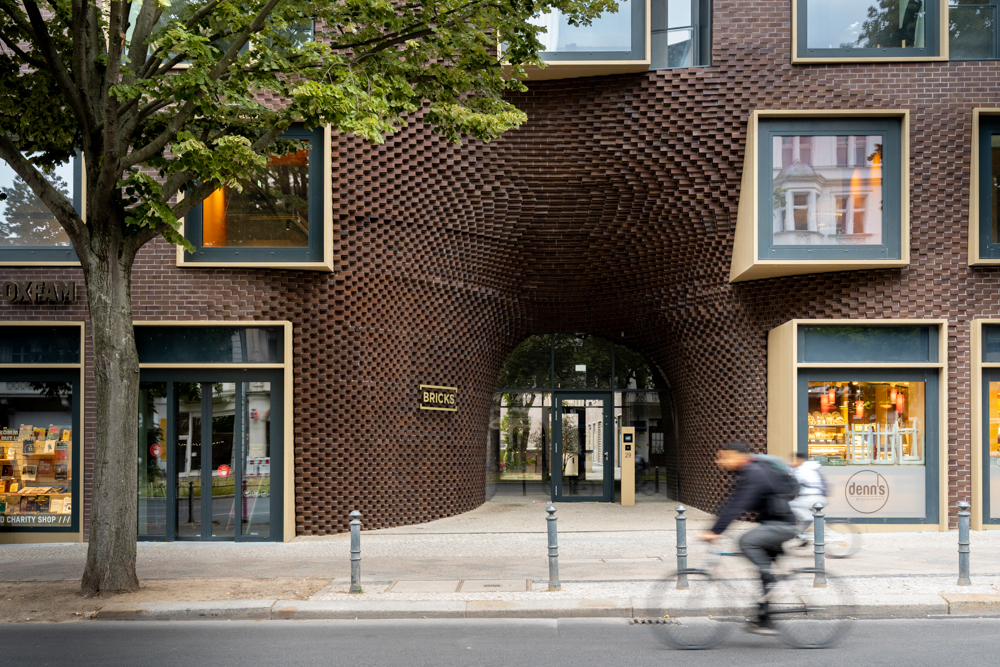

Authentication required
You must log in to post a comment.
Log in